Sports photography is undeniably one of the more challenging branches of photography to excel in. It entails capturing unpredictable action, swiftly moving subjects, variable lighting conditions, and numerous other complexities.
In certain aspects, sports photography calls for breaking away from traditional photography conventions. To truly become a professional, you must possess an understanding not only of photography but also of the specific rules of the sport you are documenting.
We acknowledge that becoming a proficient sports action photographer is no walk in the park; hence, here are some invaluable tips to accelerate your progress and get you into the game more swiftly.
Use a Fast Shutter Speed
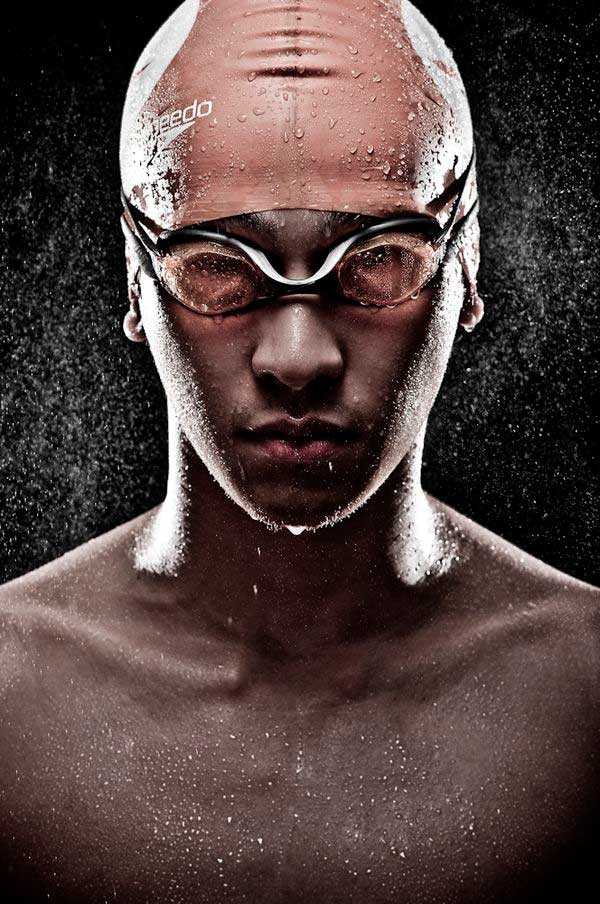
In action photography, achieving the correct shutter speed is paramount. If your shutter speed is too slow, your images will probably turn out grainy and unappealing, negating the need for post-processing in tools like Photoshop.
Start by setting your camera to shutter priority mode and selecting a shutter speed of 1/500 of a second. This serves as a solid starting point and is generally sufficient for capturing most sports and action scenarios.
Whenever feasible, it is advantageous to take a few test shots before the main event kicks off, allowing you to assess their sharpness. If such a pre-event assessment is not possible, intermittently review your photos as you shoot.
If you detect any blurriness, make the switch to an even faster shutter speed. In some instances, particularly with rapid sports such as motor racing, you might need to opt for shutter speeds as high as 1/1000 of a second.
Open Your Aperture

To attain the requisite high shutter speeds, it is essential to widen your aperture significantly. If you choose a fast lens, such as the F2.8 and F4 lenses used by professional sports photographers, the aperture could be somewhat constricted from its widest setting.
However, if you are using less expensive lenses with a maximum aperture of F5.6 or smaller, it is essential to fully open the lens to optimize light intake.
When photographing inside, where lighting conditions might be problematic, this becomes extremely important. The desire to zoom in on your topic is frequent when using a zoom lens, but it is crucial to remember that the aperture is frequently at its lowest when the lens is completely zoomed in.
A more effective strategy is to place your lens in the center of its zoom range, creating a balance between framing your subject and allowing enough light to enter.
Creating a shallow depth of field is another benefit of utilizing a wide aperture. This effect blurs distracting background elements, directing the viewer's attention squarely onto the athletes and enhancing the overall impact and drama of the image.
Increase Your ISO
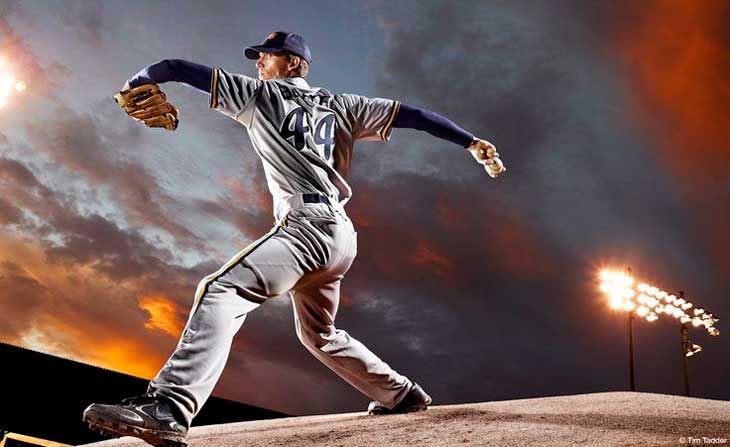
Given the use of a fast shutter speed, your camera might face challenges in achieving proper exposure, even with the aperture fully widened.
In such instances, your only recourse is to raise the ISO speed. Ideally, you should stick to the lowest ISO setting that is feasible. However, there will be scenarios where you will have to increase it beyond your preferred level.
While this can be frustrating, keep in mind that it's preferable to have a photo with some noise rather than one that is blurry.
Use Burst Mode
In action and sports photography, things unfold rapidly, making it challenging to keep pace. To improve your chances of capturing great shots, utilize your camera's continuous shooting mode, often referred to as burst mode.
This setting enables you to capture 4 or 6 shots in quick succession. It is important to note that shooting in burst mode will consume your memory card's storage much faster than taking individual shots.
Therefore, ensure you have ample card capacity or carry a spare. If you find yourself running low on storage, take advantage of halftime or timeouts to delete some of your less desirable shots.
Shoot in JPEG
This advice might surprise you because, in most photography scenarios, shooting in RAW is the preferred choice for better image quality and greater editing flexibility in post-processing.
However, when it comes to photographing sports and action events, speed takes precedence over everything else. Shooting in JPEG mode allows you to capture more images in burst mode and maximize your memory card's storage capacity.
While it is true that shooting in JPEG may result in slightly lower image quality compared to RAW, the advantage of having more opportunities to capture that perfect shot outweighs the quality difference in fast-paced sports photography.
Perfect Your White Balance
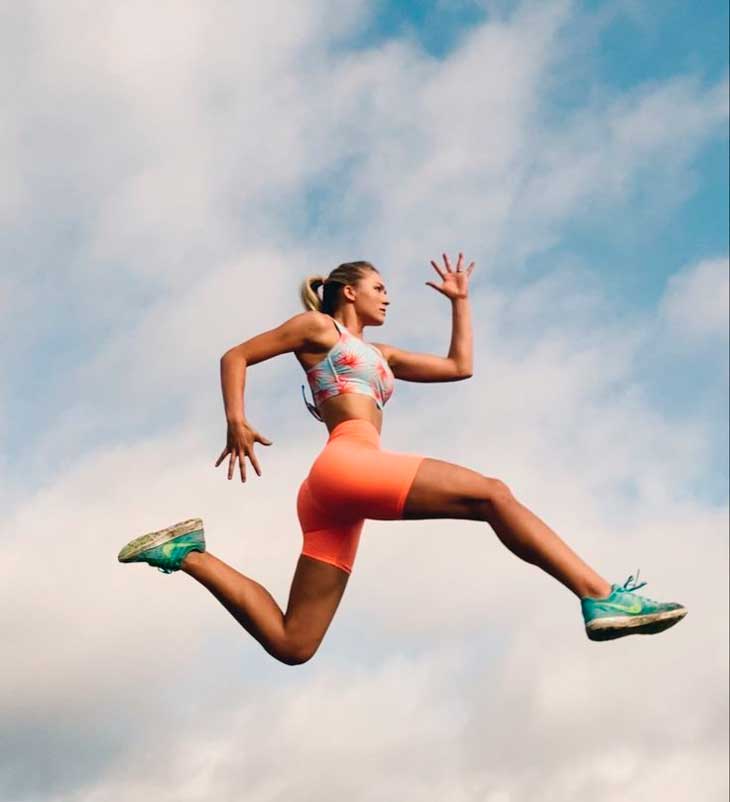
When photographing outdoors, your camera's automatic white balance often performs well in adapting to the available light conditions.
However, many indoor action sports events are lit with artificial lighting, which can perplex your camera and result in photos tinted with a noticeable greenish-yellow hue.
Instead of relying solely on your camera's automatic white balance, proactively set it to fluorescent or tungsten/incandescent based on the lighting conditions.
It's advisable to take a few test shots before the event commences to determine which white balance setting yields the most accurate colors. If time permits, you can even establish a custom white balance to ensure precise color reproduction in your images.
Turn Your Flash Off
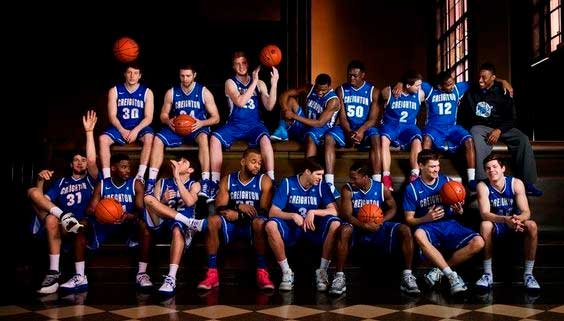
In most sports photography scenarios, you will find yourself at a distance from the action, which is why professional photographers use long lenses.
Given the considerable distance, your camera's flash will be of little to no help and will primarily consume your battery. Thus, it is crucial to turn off the flash before you begin shooting.
While there are exceptional circumstances where you might be near enough to the action for your flash to have some utility, the intense bursts of light can potentially distract the players. As a precaution, it is often wiser to keep your flash turned off.
Tweak Your Focusing
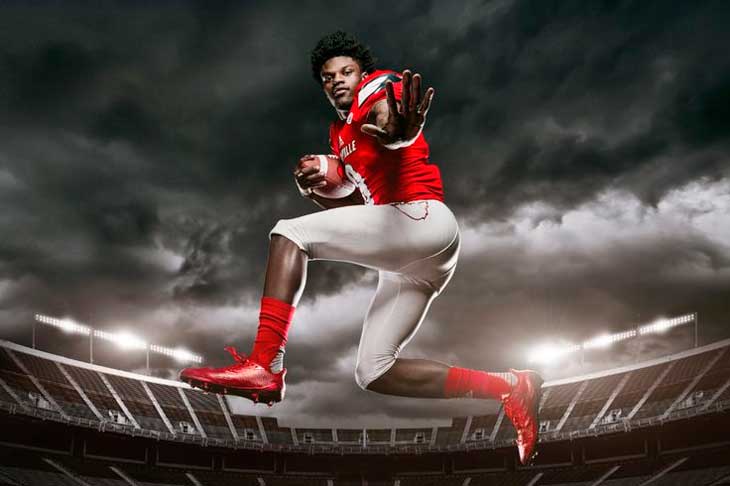
Achieving sharp focus on fast-moving subjects can be quite challenging, so it is crucial to configure your camera for optimal responsiveness and accuracy.
Begin by switching from multi-point to single-point focusing, utilizing the center focus point on the frame. By making this modification, you can be sure that your camera will focus on the main subject when you compose a shot, rather than striving to keep the entire frame sharp.
This approach is speedier and allows you to place the emphasis precisely where you want it, giving you greater control over it. One-shot focusing, which requires half-pressing the shutter button to lock the focus, can be your camera's default option.
However, this method can lead to your subject moving out of focus before you capture the shot. To address this issue, use continuous focusing mode, often denoted as AI Servo on Canon cameras. This mode continually adjusts the focus to ensure the subject remains sharp throughout the shoot.
Sports photography may present its challenges, but configuring these camera settings will enhance your chances of capturing exceptional shots. These principles are adaptable to various sports, enabling you to swiftly adjust and focus on capturing outstanding photos.